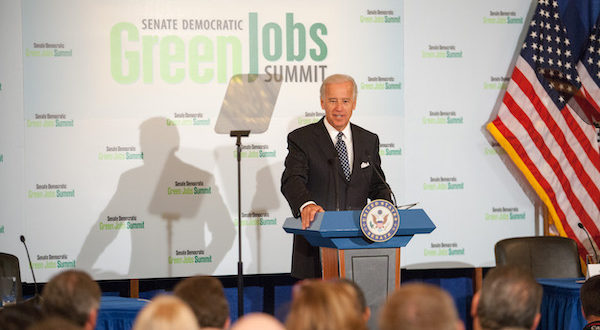In the year 2023, the United States is facing a major challenge in the development and implementation of green technology due to the debt ceiling crisis. The government has reached its borrowing limit, and as a result, the funding for many green technology projects has been cut.

Many innovative green technology startups are struggling to secure funding to continue their research and development. This is leading to a slowdown in the progress of many green technology projects, which have the potential to revolutionize the energy industry and help reduce carbon emissions.
The debt ceiling crisis has also impacted the availability of tax incentives and subsidies for green technology companies, which have previously encouraged investment in the industry. As a result, many investors are hesitant to invest in green technology, and some are even withdrawing their funding from ongoing projects.
The impact of the debt ceiling crisis is being felt across the entire green technology industry, from renewable energy sources like solar and wind power to electric vehicles and energy-efficient buildings. Without the necessary funding and support, many promising green technology projects are being abandoned, and the industry is unable to reach its full potential.
It is a stark reminder of the importance of government support in driving innovation and progress in the energy industry. As the debt ceiling crisis continues, the future of green technology remains uncertain, and the world is left wondering if the United States will ever fully embrace a sustainable, green future.



